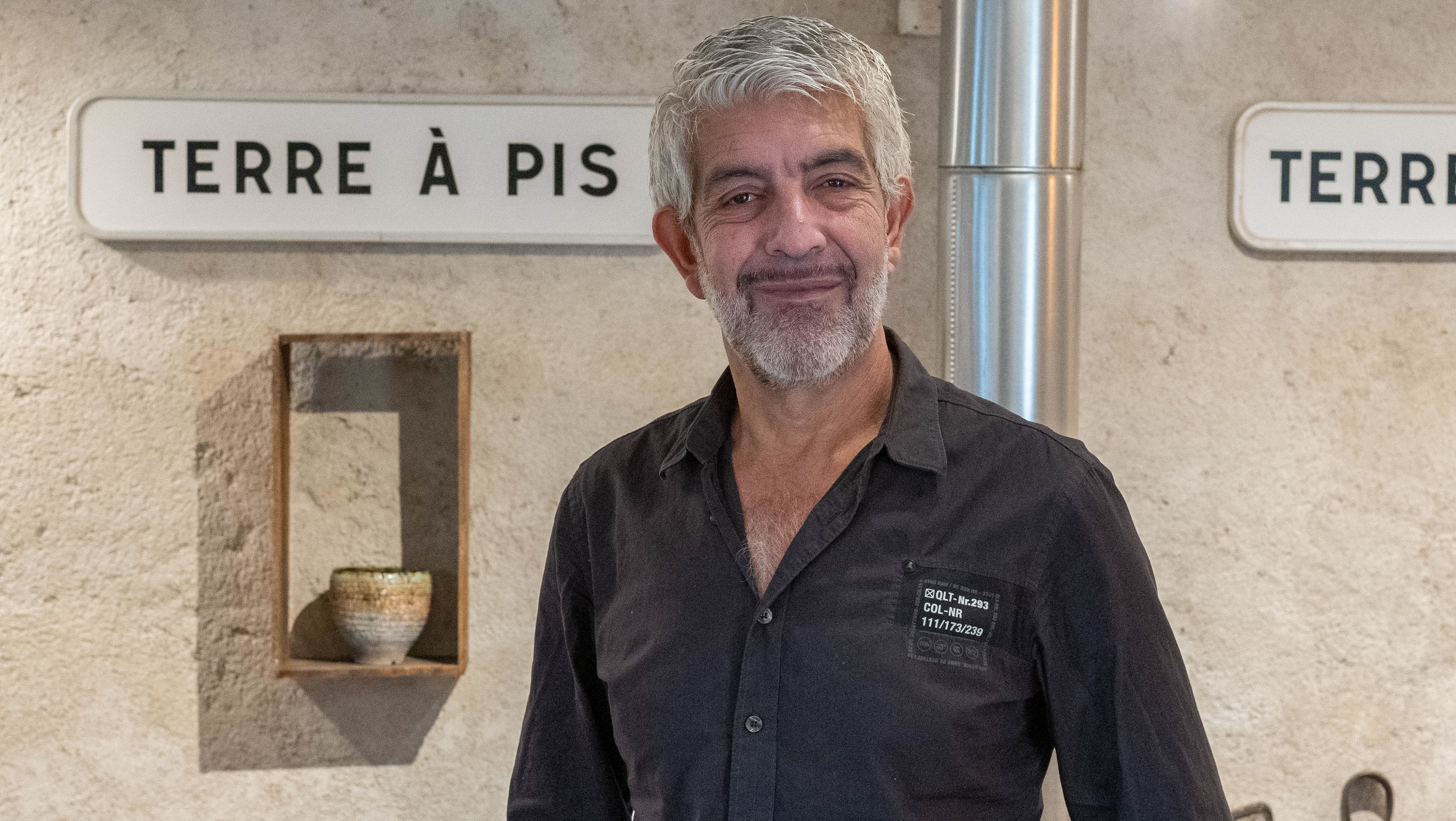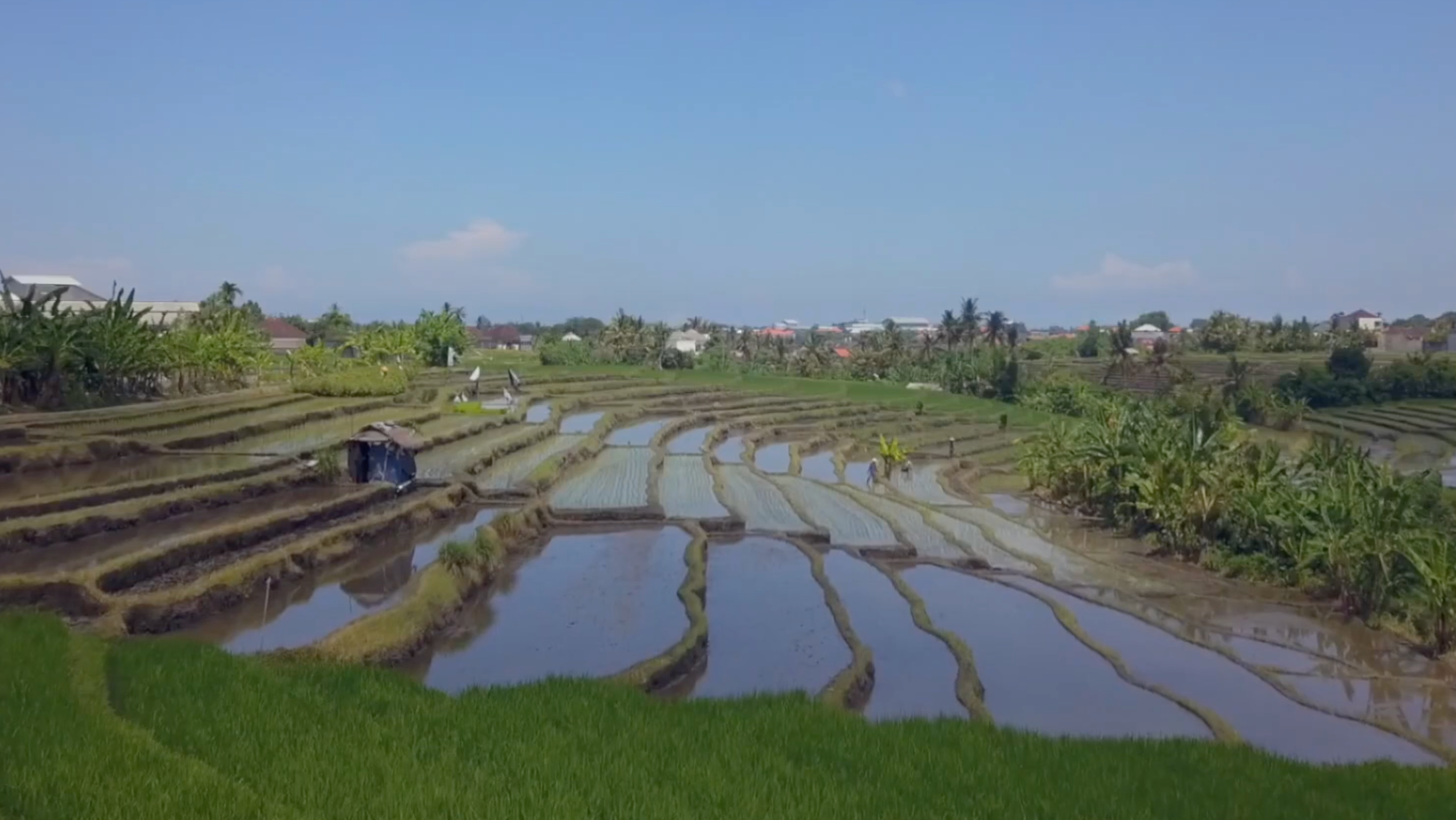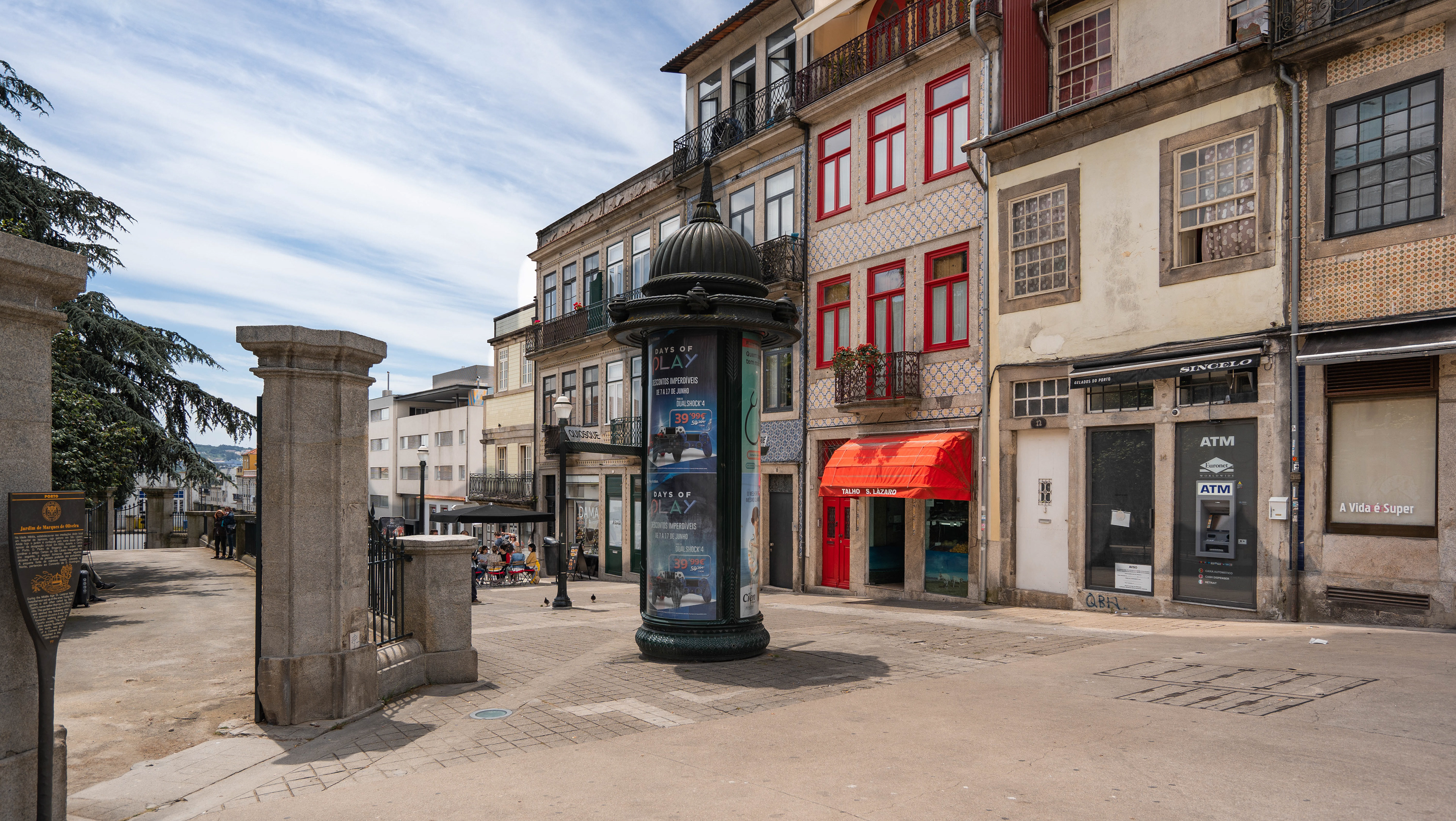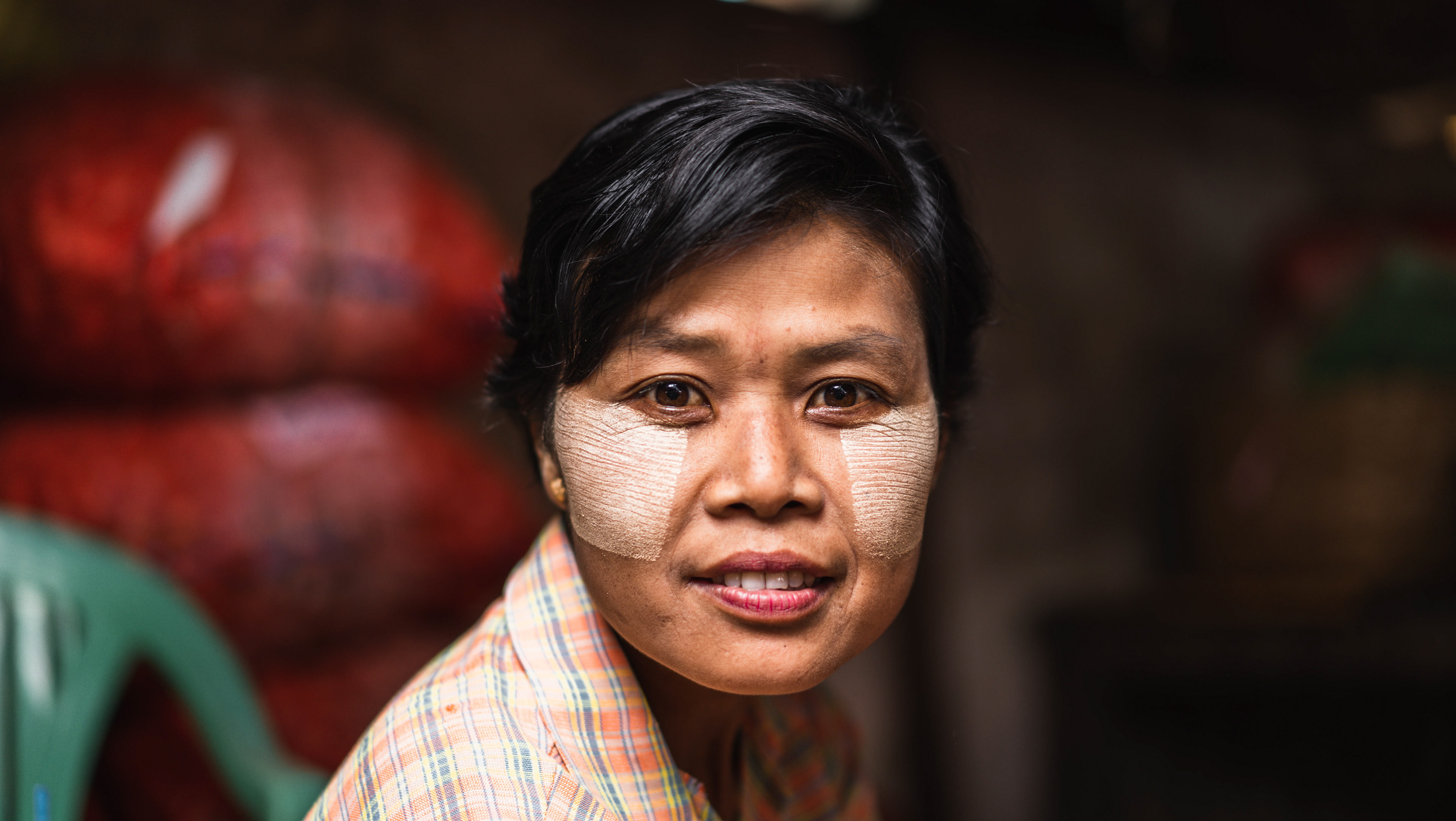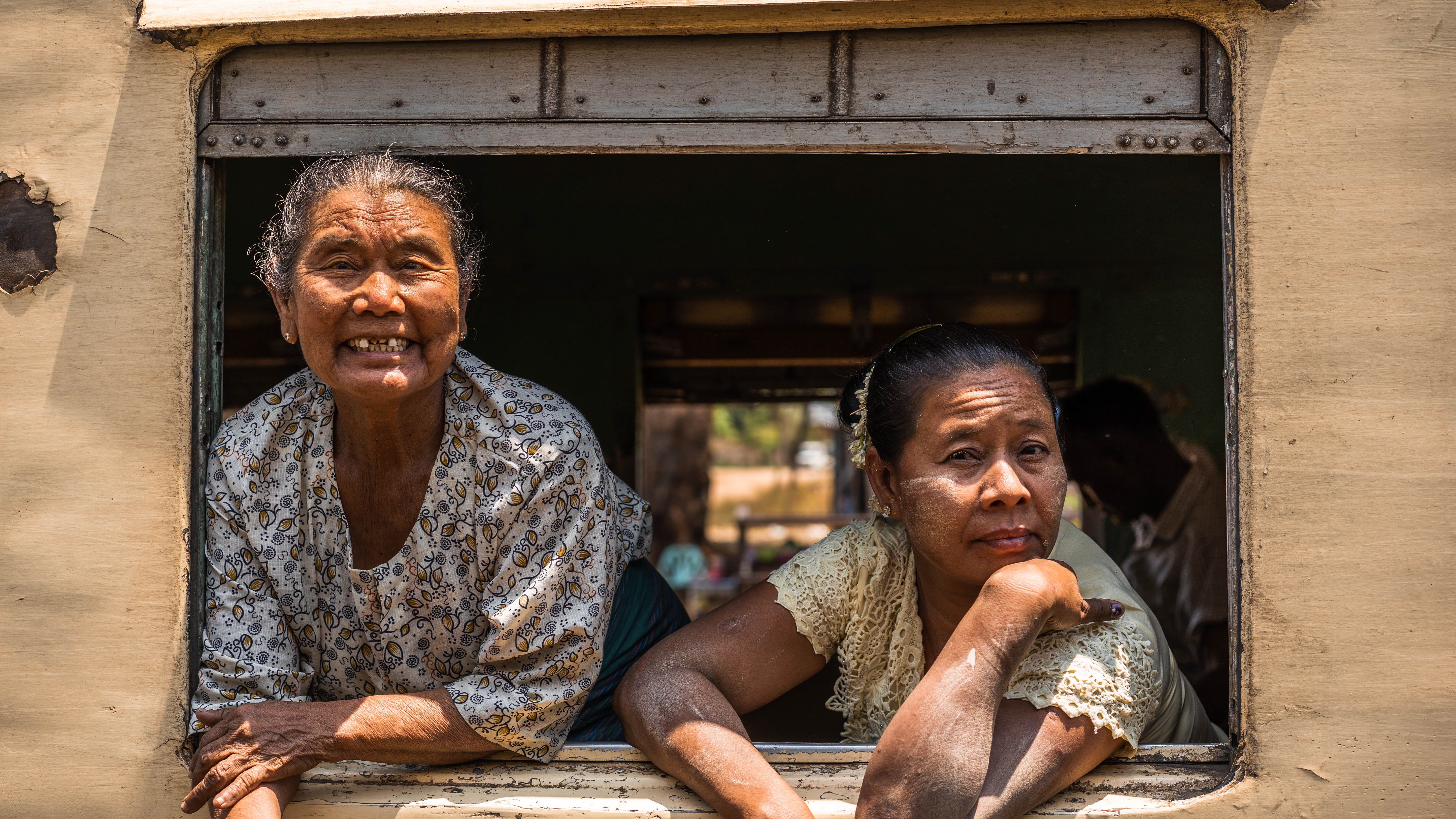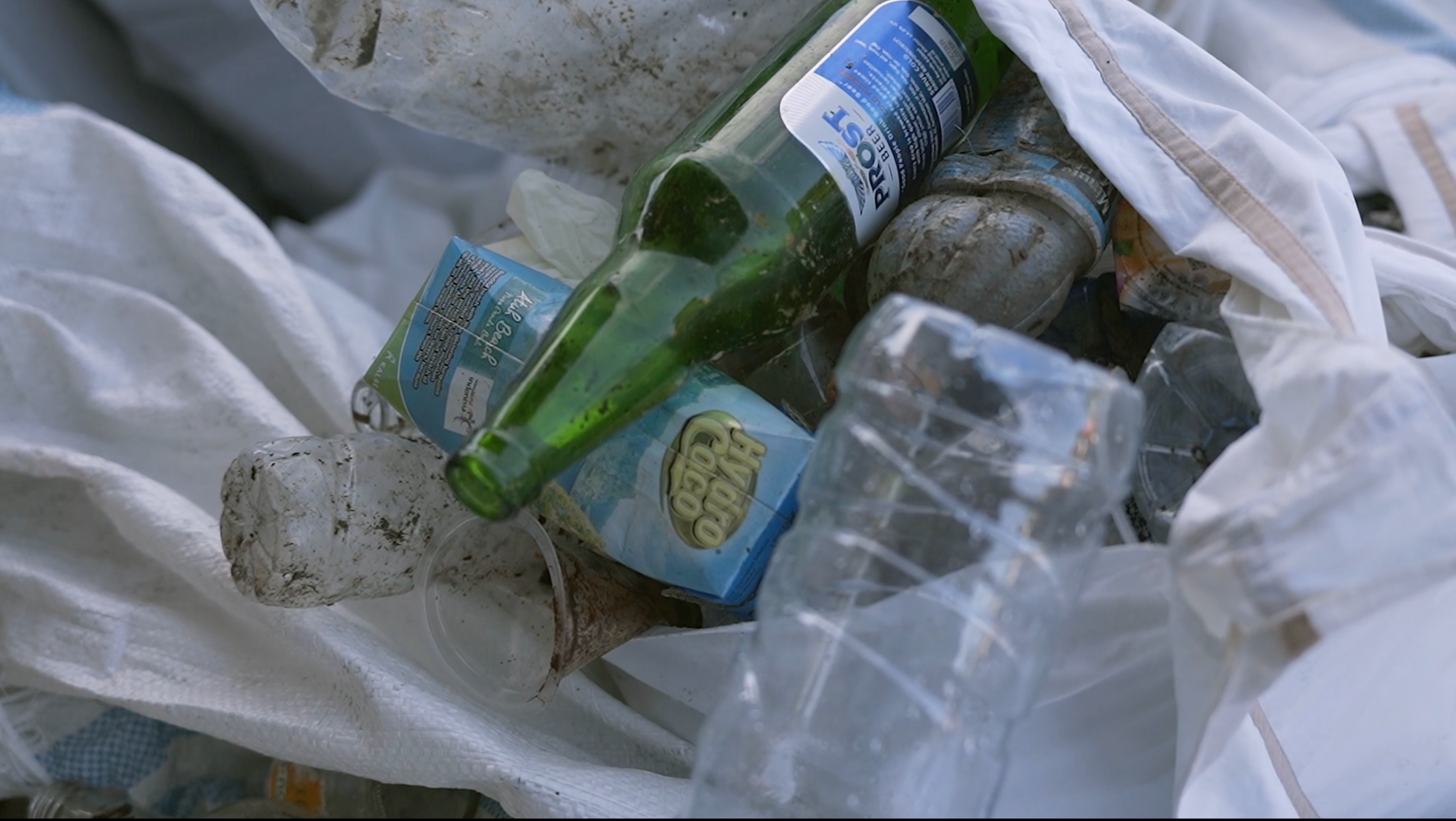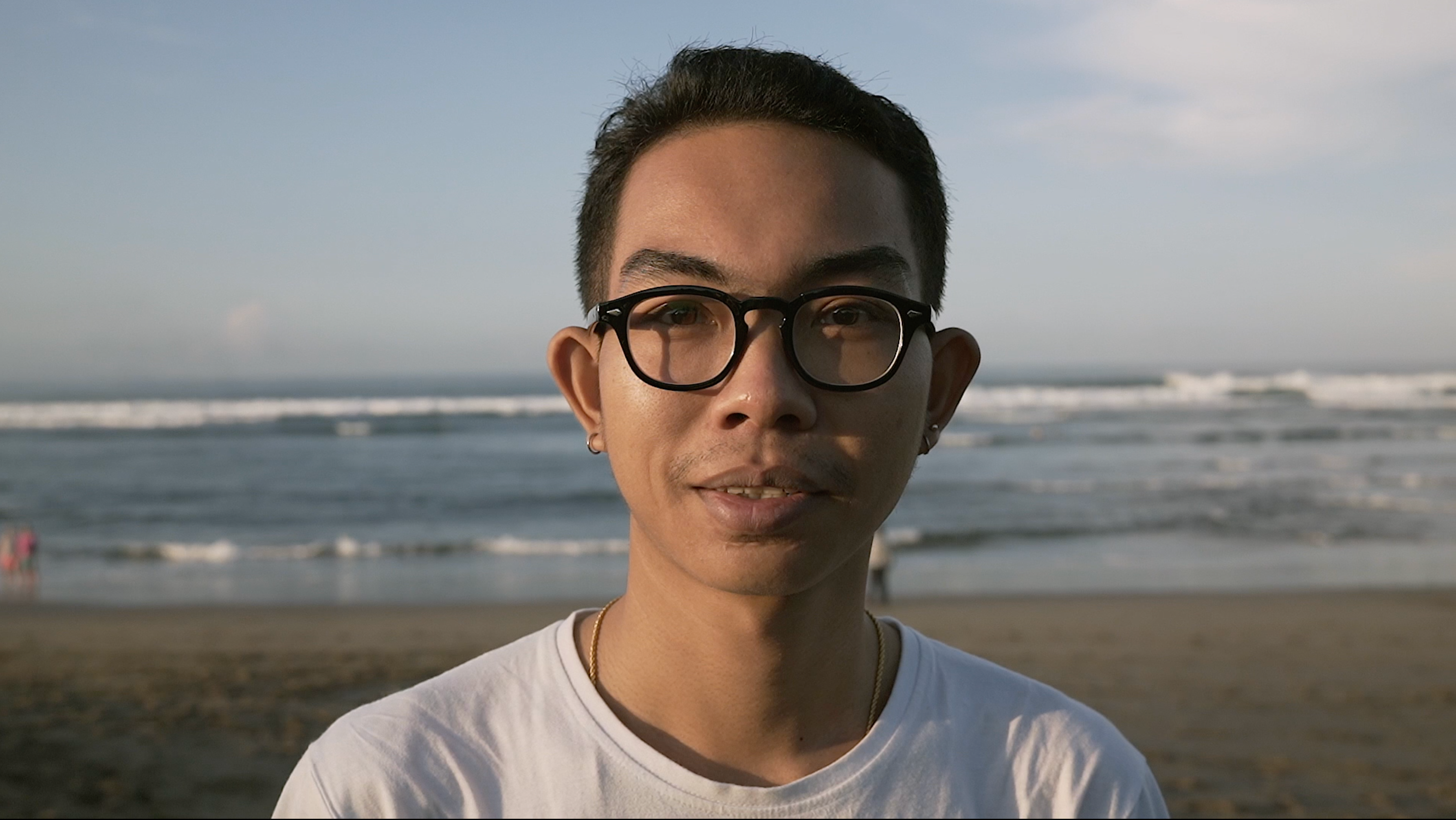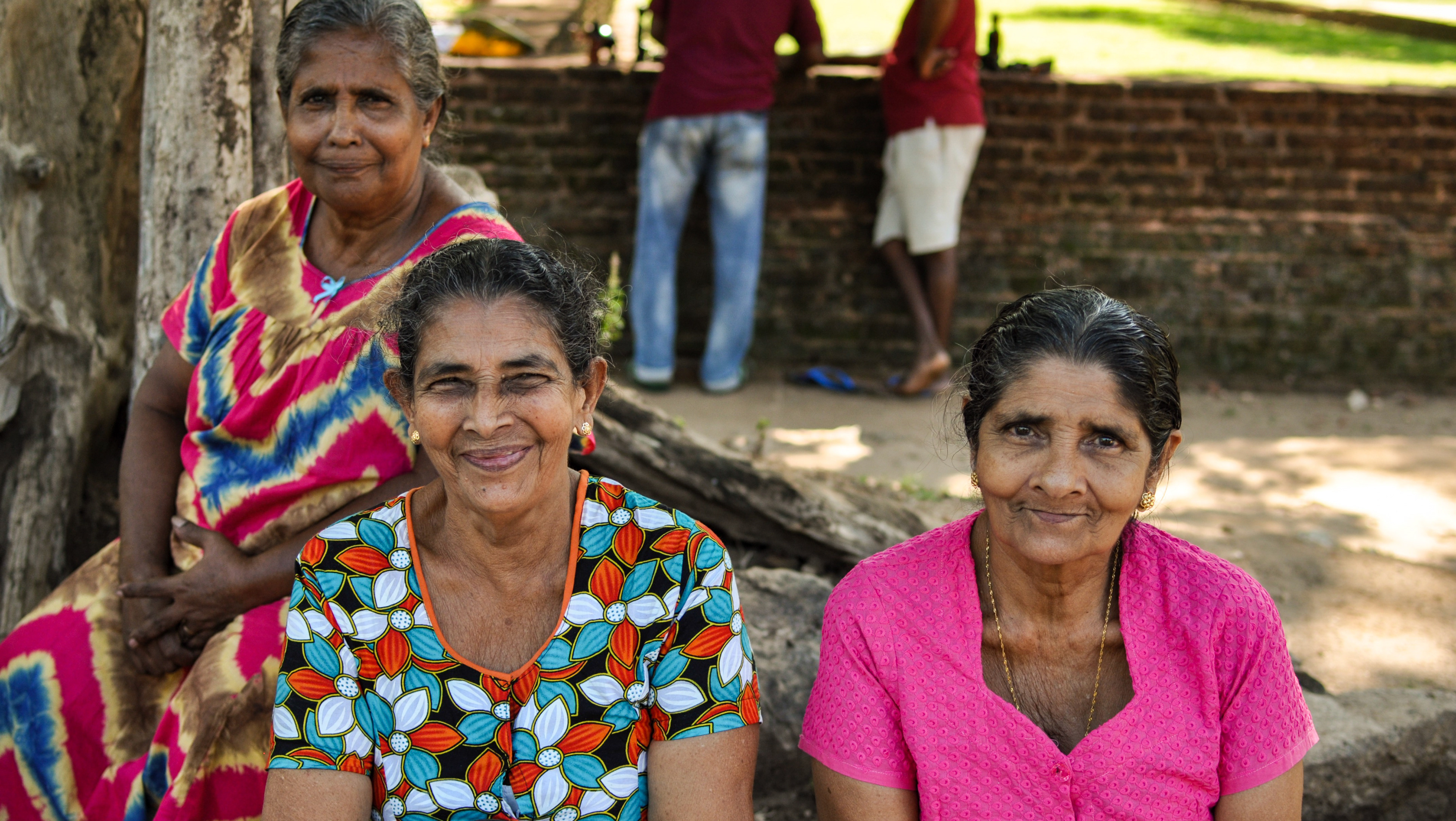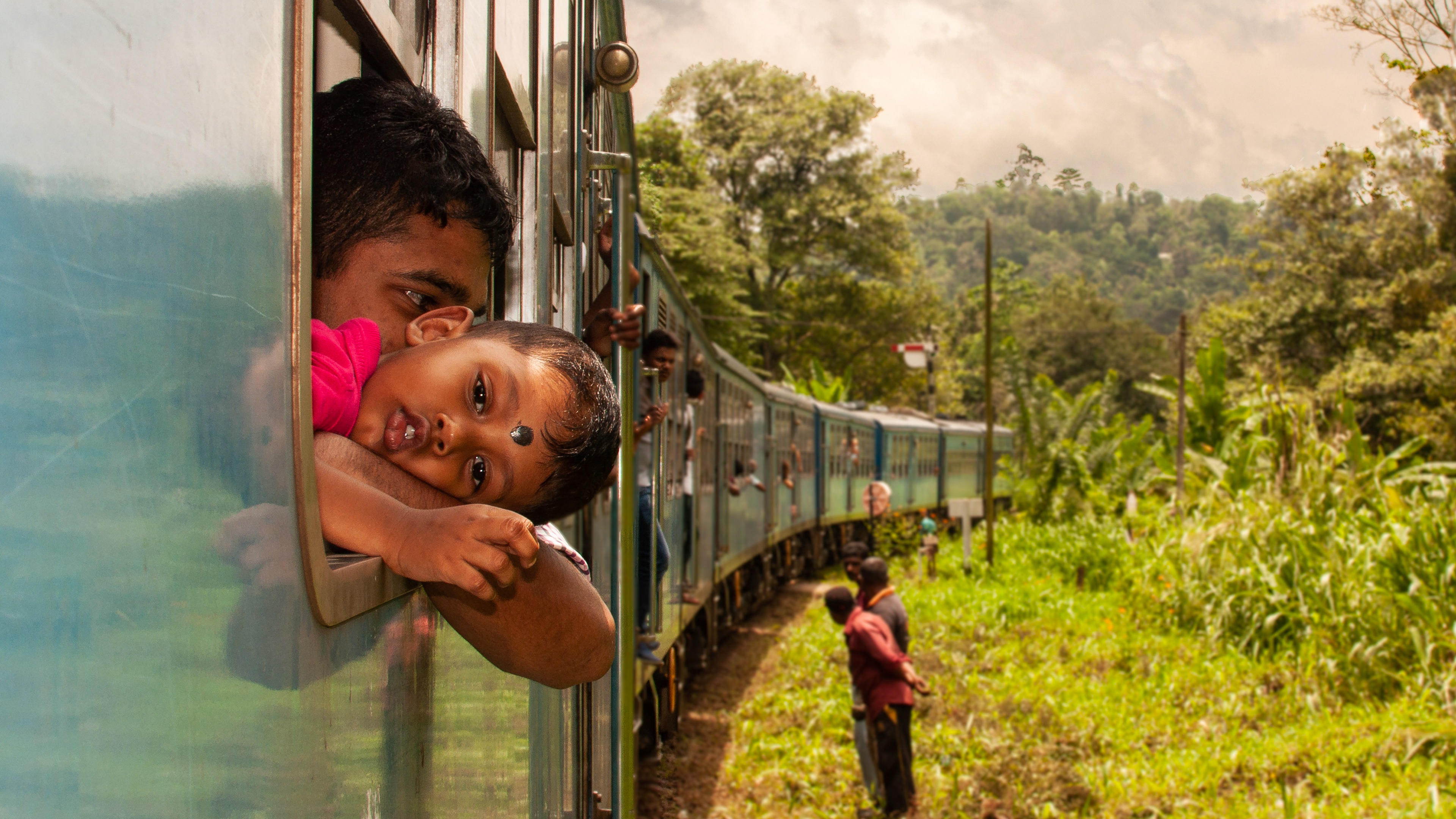A Photographic documentary series: "Seaweed Framing"
With Bali's tourism currently non-existent and the economy in tatters, many locals have lost their jobs, forcing them to return to an industry that has been extinct for ten years: seaweed cultivation. In places like Nusa Lembongan, where the pristine beaches are usually filled with tanned tourists, farmers are starting to plant seaweed again.
With Bali's tourism currently non-existent and the economy in tatters, many locals have lost their jobs, forcing them to return to an industry that has been extinct for ten years: seaweed cultivation. In places like Nusa Lembongan, where the pristine beaches are usually filled with tanned tourists, farmers are starting to plant seaweed again.


Seaweed Farming Nusa Ceningan was reputable as a place for their seaweed plantation, few years back before it is known for the beauty for its lagoon, many locals worked as a seaweed farmer. But since few years, not many local still doing seaweed cultivation because most of them started working in the hospitality management which has grown up quickly Influenced by his big sister island Nusa Lembongan. Nonetheless, In these times of a global pandemic, which has had a very strong impact on income from local tourism, most of the inhabitants have returned to work on the farms.

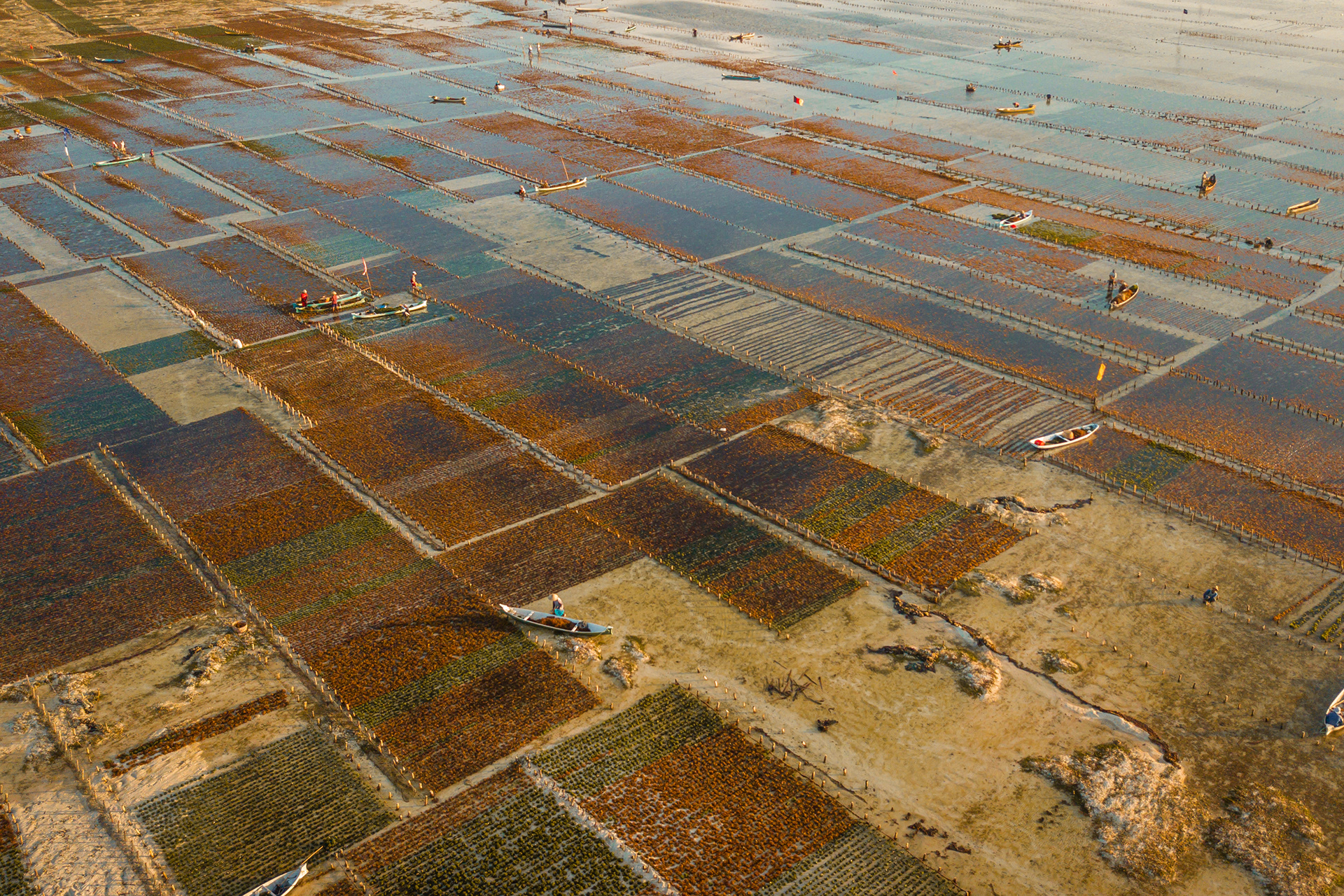
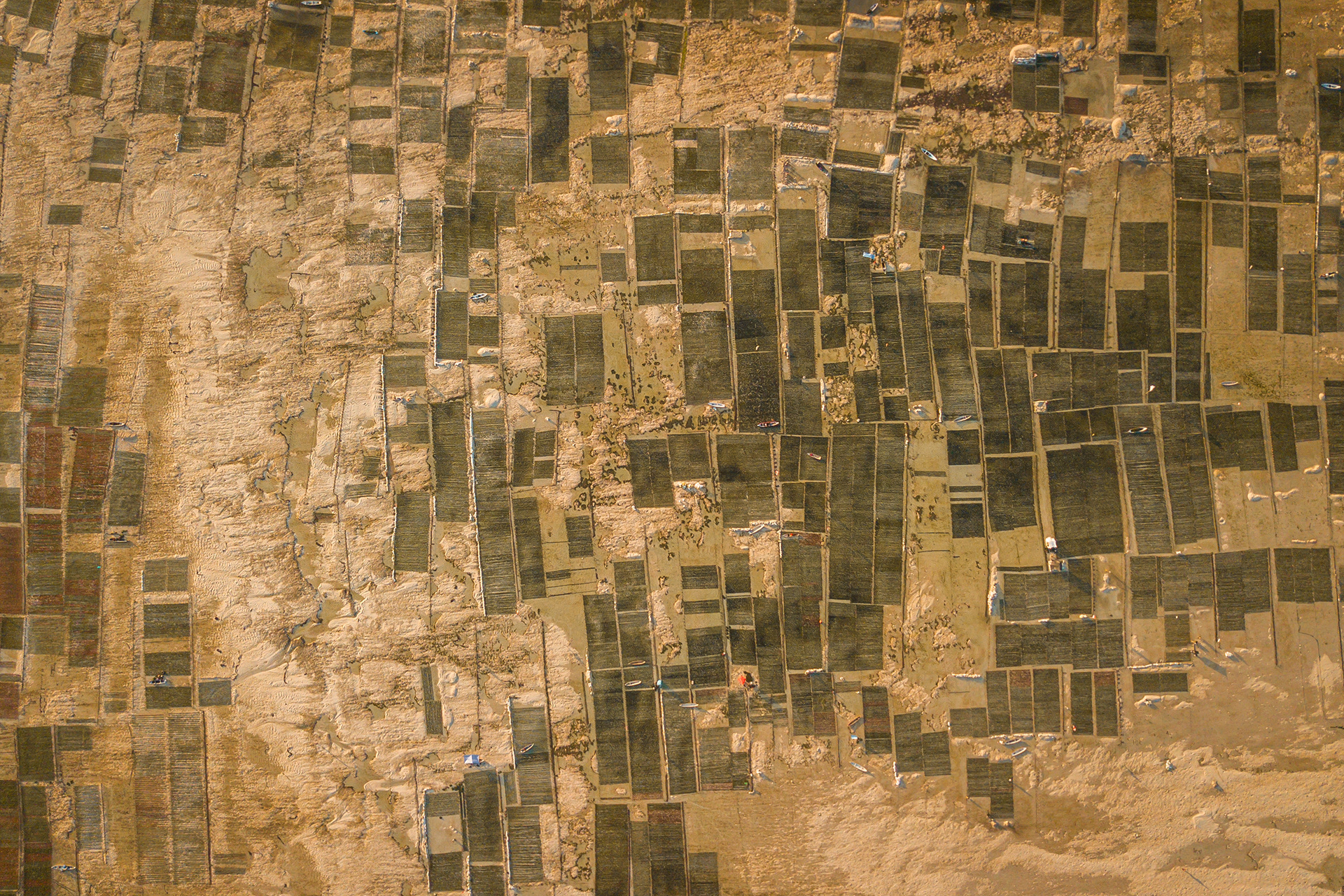
A businessman from Surabaya introduced seaweed farming to Lembongan in 1984, with the first cultivations taking place in Jungut Batu Bay. It was not so long ago (for many only 10 years), that seaweed farming was a major incomer earner for many people. You too may remember the patch work of plots that created the ocean landscape in Jungut Batu, the Mangrove and in the channel between Lembongan & Ceningan. For people who have been visiting the islands prior to 2010 seaweed farms, the harvesting process and drying in preparation for sale are iconic island memories. As a result, seaweed farming in Lembongan has now re-emerged and the older generation have been key to helping re-establish it as a sustainable industry, educating and passing on their knowledge to younger family members who have only known tourism as an income stream.
The locals are realistic in their optimism for the return of tourism, understanding it will not recover quickly. As tourism has as good as disappeared for the last 9 months the demand for seaweed seedlings and dried product is on a steady increase. However not everyone in the Nusa island is a seaweed farmer or knows how to cultivate seaweed.
There are many types of seaweed that can be grown in Nusa Lembongan, one of which is green Katoni (eucheuma cottoni) seaweed which is commonly grown in the area around the Mangrove, other varieties are grown in Nusa Ceningan. The farmers initially buy seaweed seeds from Nusa Penida a 5 meter lengths of rope. They then plant it on their ocean “land” to create a “box” which range in size, but are usually around 5 x 50 metres. Each seaweed farm “box” is made up of rows of wooden supports and ropes. The seaweed seedlings are attached to these rows. The “box” contains approximately 100 bundles of seaweed. It is very important that the ocean space chosen is accessible during high and low tide, this change of tide and water flow is also very important to the growth and productivity of the crop. Each “box” is marked with flags attached to wooden stakes. Farmers attend their box daily at low tide between harvest times to check on any damage that may have been caused during high tide.
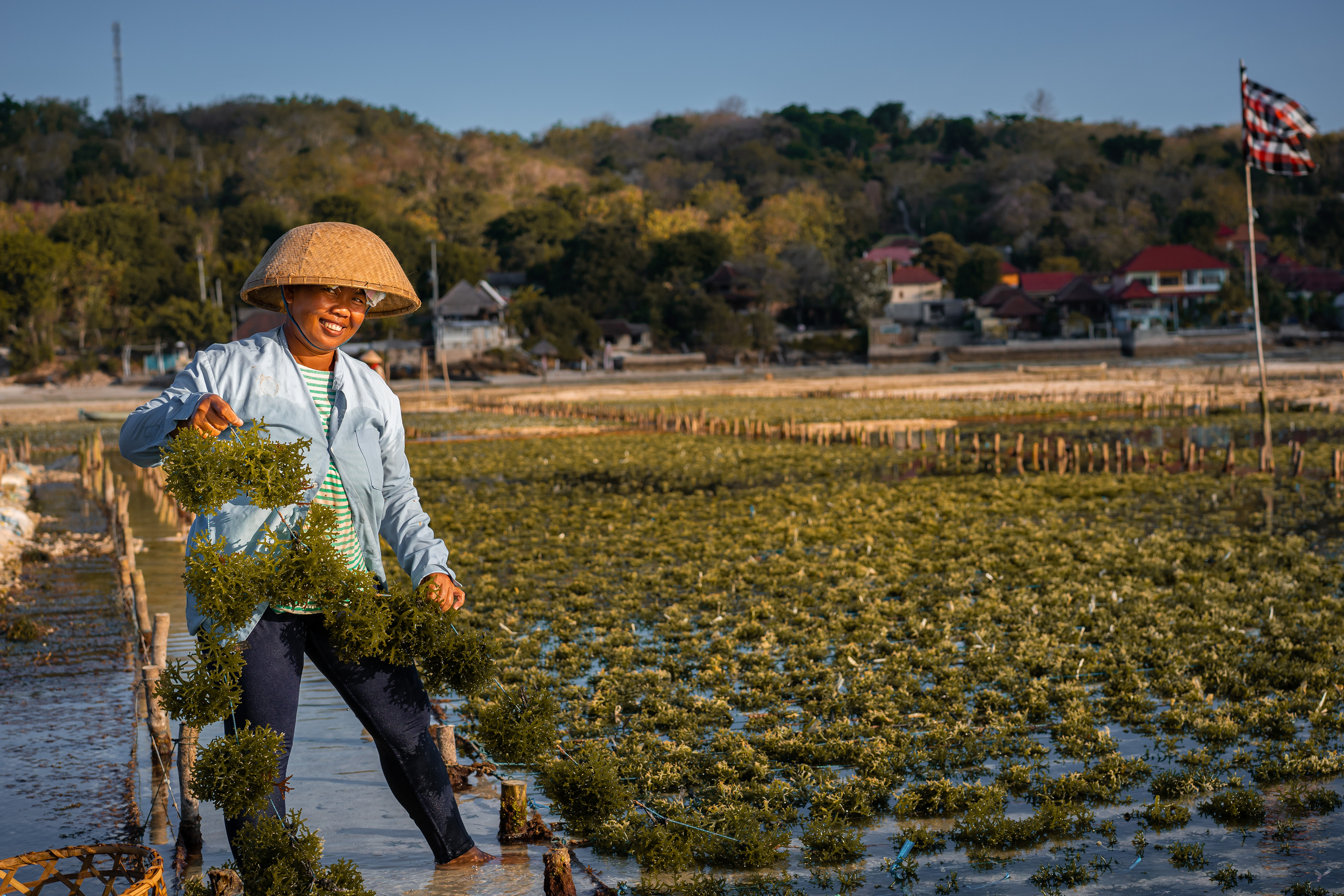
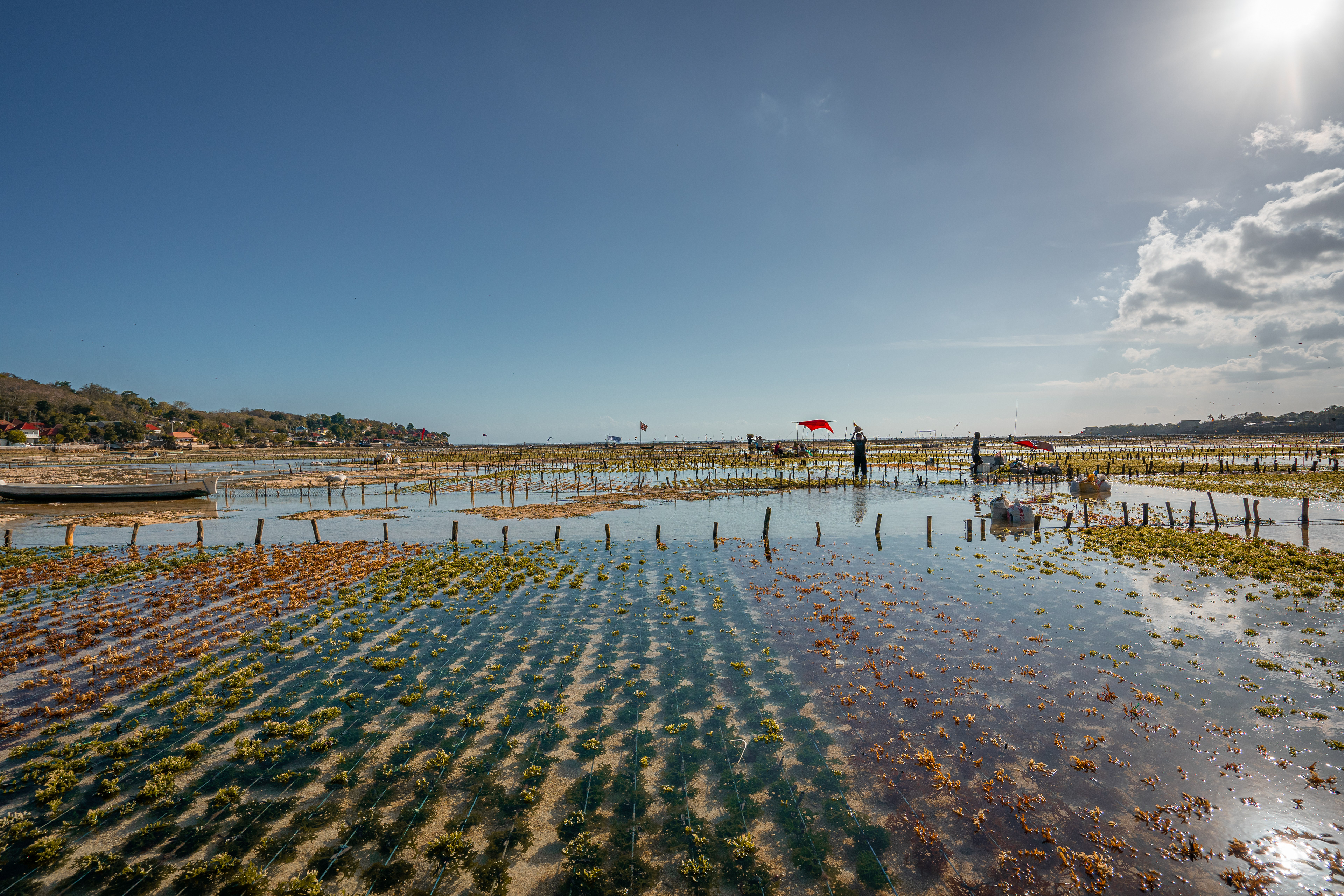
Seaweed can be harvested 30 days after planting and is usually harvested every full moon or new moon. Two crops are planted within a month so farmers will harvest every 15 days. Depending on the size of the each famer’s box, it can take up to 10 days for the harvesting process as this is generally done in the mornings on low tides. However, when low tides fall in the middle of the night farmers will spend midnight hours with head torches attending, it is a laborious and not for the faint hearted, as farmers are constantly exposed to the elements and weather. In the mornings they cut the seaweed to take it ashore and in the afternoon low tide they create new seedling rows for the next harvest. Traditional Jukung boats are used by farmers to access their plots and transport the seaweed.
The farmers using traditional boat to bring the seaweeds seed to the “box” in the middle of ocean. At the time of harvesting, the seaweed will have grown to 3 times the size of when it was first attached to the ropes. During each harvest all of the seaweed from the rope supports are removed to be sorted, smaller & damages pieces are set aside for drying and more established growths are re-attached together in bundles of 2-3 pieces along the supports for the next months harvest. These smaller and damaged pieces are laid out in the sun to be dried, which takes 3 days.
The farmers using traditional boat to bring the seaweeds seed to the “box” in the middle of ocean. At the time of harvesting, the seaweed will have grown to 3 times the size of when it was first attached to the ropes. During each harvest all of the seaweed from the rope supports are removed to be sorted, smaller & damages pieces are set aside for drying and more established growths are re-attached together in bundles of 2-3 pieces along the supports for the next months harvest. These smaller and damaged pieces are laid out in the sun to be dried, which takes 3 days.


After drying, farmers will gather the seaweed to sell to a “seaweed collector”. The “seaweed collectors” live on Lembongan and then transport it to Nusa Penida where it is on sold to export traders to make its way to be used in cosmetics. Usually farmers can produce 400kg of dry seaweed, per month which currently sells for IDR 12,000 / kg. There is also the opportunity for them to sell seedlings to new seaweed farmers, the price of 100 seedlings is around IDR 5 million.
That is an excited thing to see so many locals re-entering the seaweed farming industry and we have to hope it will continue well into the future to operate in unison with tourism when travel resumes.
This unique way of farming requires no pesticides or fertilizers. Seaweed cultivation also provides environmental benefits including:
Absorbing carbon dioxide ( green house gas) – one hectare of sea can be used to produce annually 40 tonnes of dry seaweed which will absorb 20+ tonnes of green house gas during cultivation
Wastes can be used as fertilizers for land based agriculture.
Seaweed can only be grown in a healthy environment, so seaweed farmers will actively participate in maintaining beach and foreshore cleanliness.
Some initiatives are growing to support the community with looking into more opportunities for seaweed farmers and collectors, such as potentially providing seaweed for sustainable products made from seaweed…
This unique way of farming requires no pesticides or fertilizers. Seaweed cultivation also provides environmental benefits including:
Absorbing carbon dioxide ( green house gas) – one hectare of sea can be used to produce annually 40 tonnes of dry seaweed which will absorb 20+ tonnes of green house gas during cultivation
Wastes can be used as fertilizers for land based agriculture.
Seaweed can only be grown in a healthy environment, so seaweed farmers will actively participate in maintaining beach and foreshore cleanliness.
Some initiatives are growing to support the community with looking into more opportunities for seaweed farmers and collectors, such as potentially providing seaweed for sustainable products made from seaweed…
Photographer : Florian FIDALGO
Editing : Florian FIDALGO

